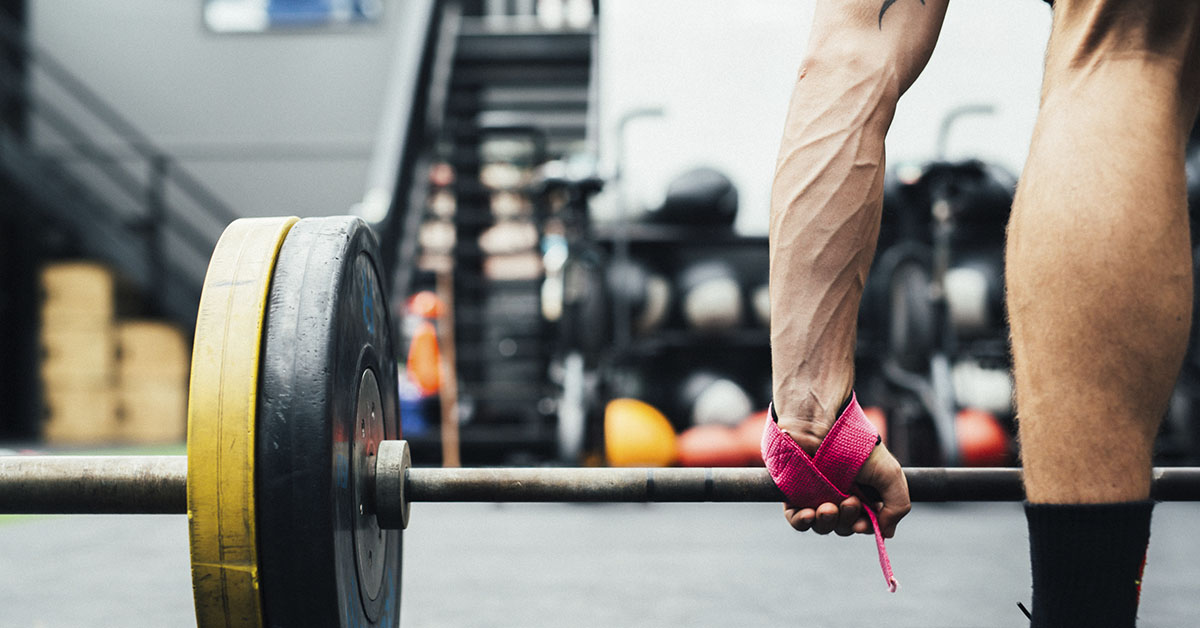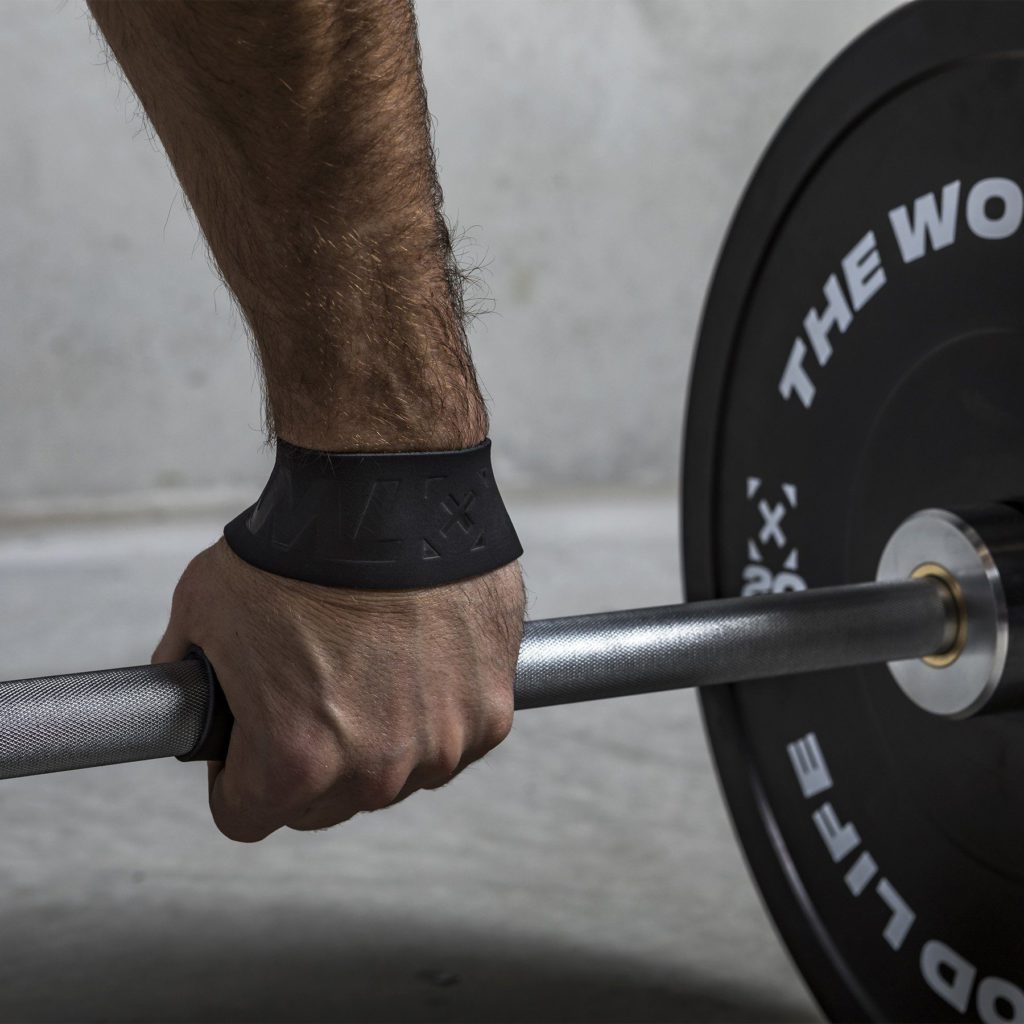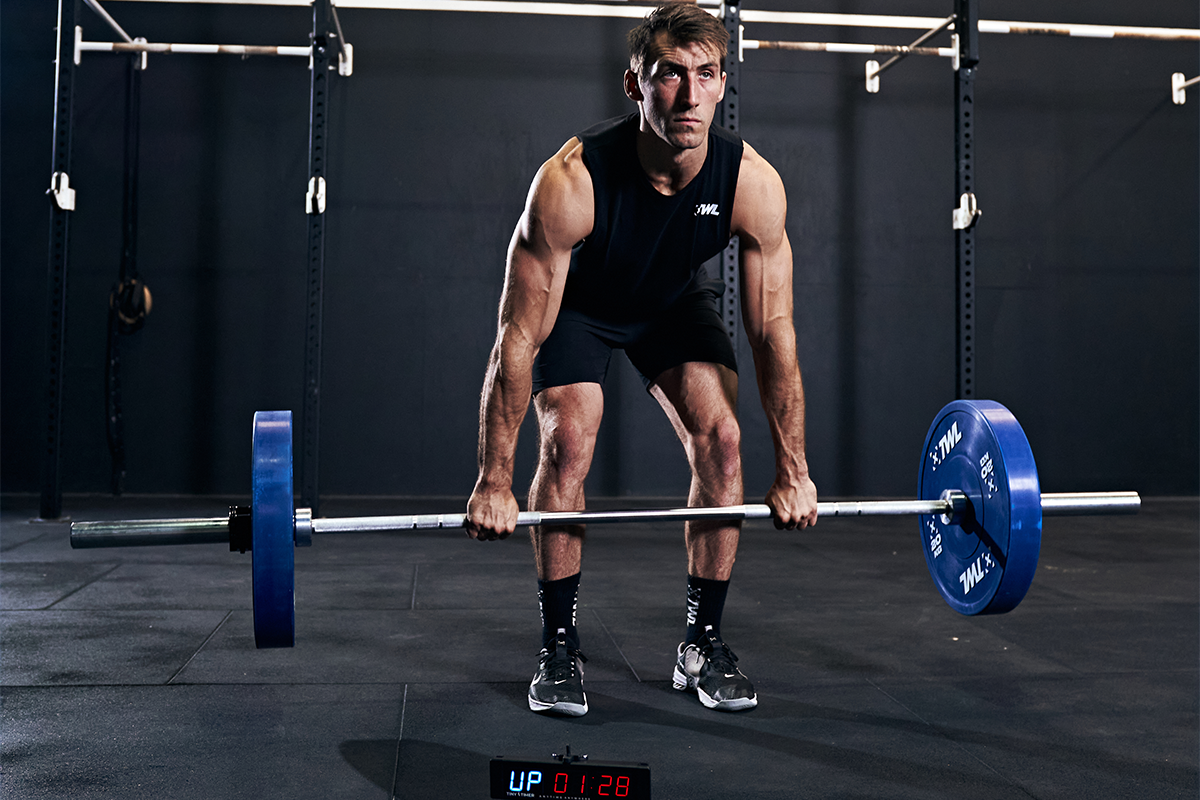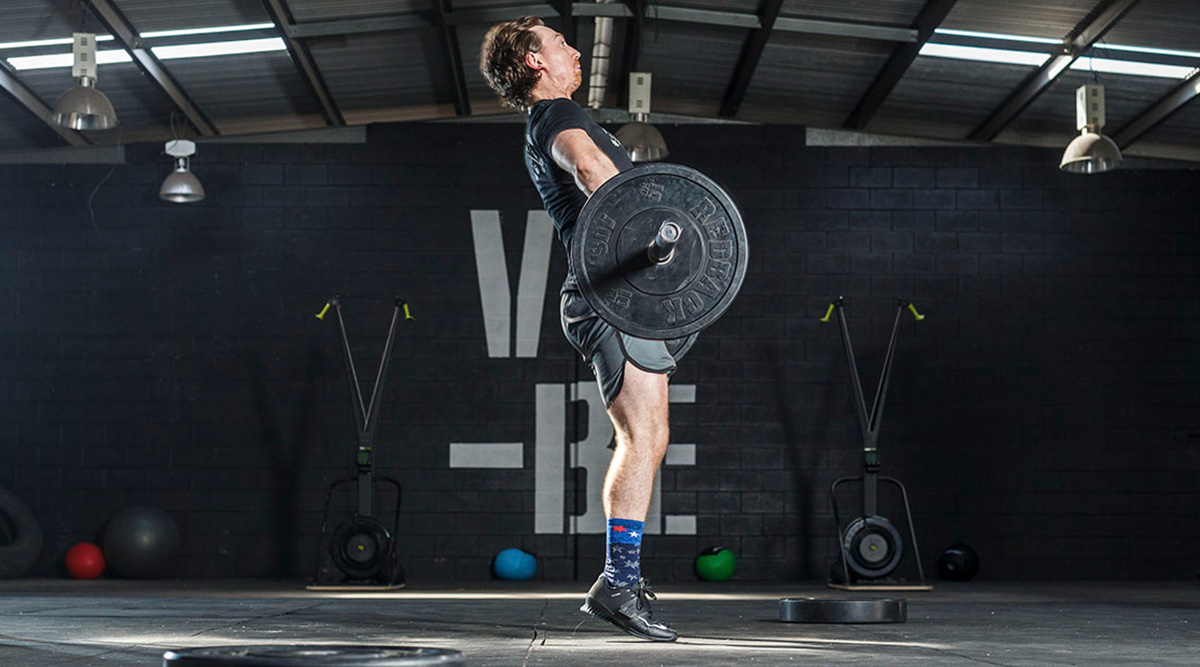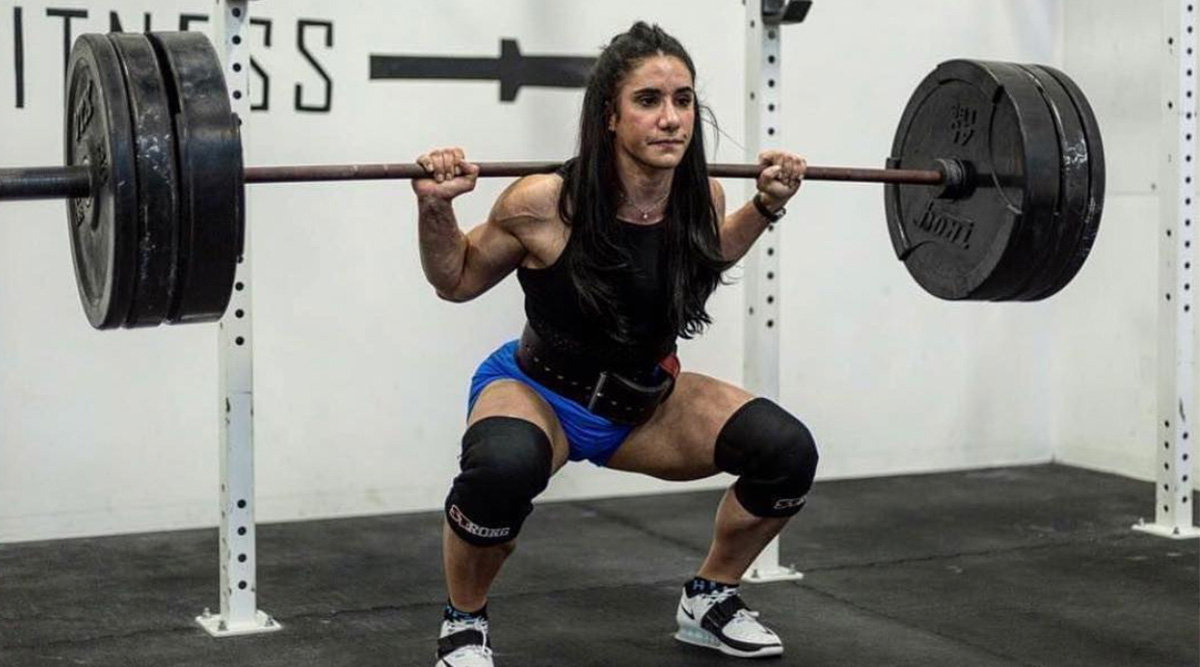The topic of weightlifting straps — when to use them, when not to use them, how using them makes you super cool, how you’re a terrible athlete if you use them — is a never-ending debate. But let’s back up for a minute. What are straps for?
Well, have you ever noticed your grip giving out during a particularly grueling barbell WOD or Olympic lifting session? Maybe it’s because you’re tired, you have shorter fingers, or you’re sweaty. Lifting straps help alleviate those problems by helping you hold the weight in your hands.
The straps loop around your wrists and the other end goes around the barbell or dumbbell. It takes the pressure off your grip and makes it so that the weight is basically attached and hanging from your hands and wrists. Thus, you don’t have to worry about maintaining a death grip on the bar.
Shop Now
If you’re guessing this makes it easier to hang on to those heavier weights, you’re correct.
Straps are a popular go-to for really heavy Olympic lifts, deadlifts, pulls, and higher reps of bodybuilding exercises, like rows.
Now, there are generally two schools of thought when it comes to wearing weightlifting straps:
- Never wear them, you cheater!
- Wear them, but don’t abuse them.
Some people think straps allow you to cut corners; and if you’re using them improperly, they can. If you strap up simply out of laziness, you’re doing yourself a serious disservice, because you need to build grip strength. Also, you shouldn’t rely on straps to help you lift heavy every single time, especially if you’re a competitive Olympic weightlifter. Straps are not allowed in competition; so if you can snatch 90kg with straps but only 83kg without, don’t plan on doing 90 on the platform. This is really important!
To say that straps are never appropriate, though, is false. Many athletes agree that under the right circumstances, straps are not only acceptable but needed. If your grip starts to give out before your muscles do, for instance, wear straps. If the bar’s knurling is chewing up your hands but you’re only halfway through your pulls, wear straps.
Straps are great for heavy pulls and deadlifts, which are about so much more than your grip.
There are plenty of times straps will enhance your workout without “cheating.”
Before you start to use straps, make sure you know how to get out of a lift while wearing them. Obviously, if a bar is going down (whether it’s because you missed the lift or you simply finished it and want to drop it from overhead) and you’re strapped to it, you don’t want to go down with it. Thus, it’s imperative to get comfortable with letting go of the barbell and the straps while the weight is still over you. Simply practice this with lighter weights.
Ready to get a pair? Fantastic! There are lots of choices on the market, so we’ve rounded up five of our favorites.
1. Harbinger Padded Lifting Straps
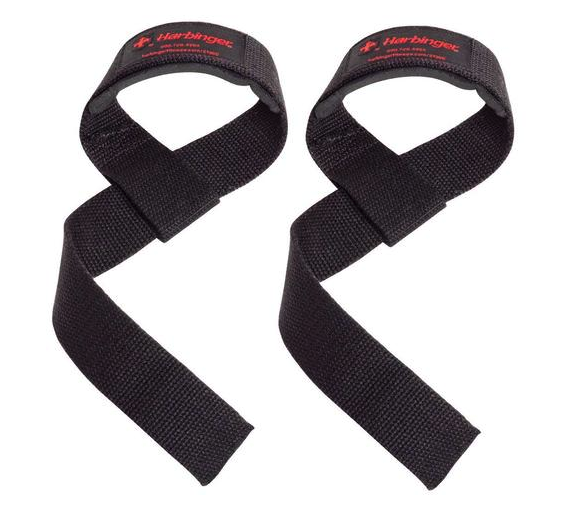
Here’s a name many of us recognize and trust. These cotton Harbinger straps will not only take the pressure off your fingers but your wrists too. If straps tend to feel a little uncomfortable and dig into your wrists, these are the solution. Plus, they’re extended length (21.5 inches), making for a maximum wrap around the bar.
These types of straps are more traditionally used for powerlifting. For the Olympic lifts, they’re a little on the thick side.
2. TWL Everyday Cotton Weightlifting Straps
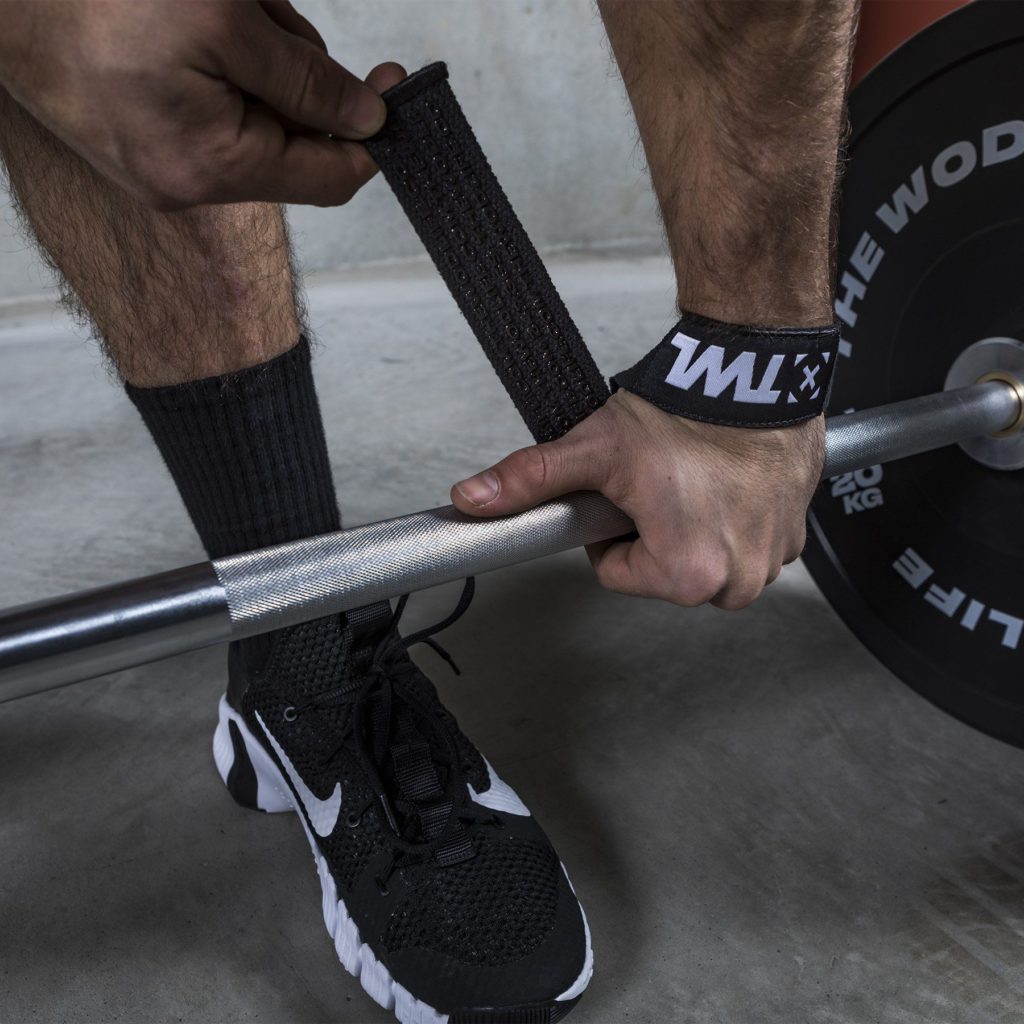
Making the TWL straps ideal is that they’re strong but soft, allowing you to get the best no-slip grip around the bar. Another advantage these straps have is the provided loop. It’s not uncommon for athletes to have difficulty wrapping loose straps around the bar; these looped straps can help you achieve it faster and with a tighter grip.
These straps are very common in Olympic weightlifting.
3. TWL Leather Lifting Straps
Want to go old school and seriously turn heads in the gym? Leather is the way to be. These embossed straps from TWL will give you the confidence you need for your next big pull. From deadlifts to power snatches, these bad boys never let you down. They’re thin but strong — you won’t even notice you’re wearing them, which is the ultimate test of Olympic weightlifting straps.
Like a lot of gear and tools we use in the gym, there’s a time and a place for weightlifting straps. Choose wisely and they’ll be one of your greatest allies.
Want to shop our full collection? Check out all of our weightlifting straps at TWL.

